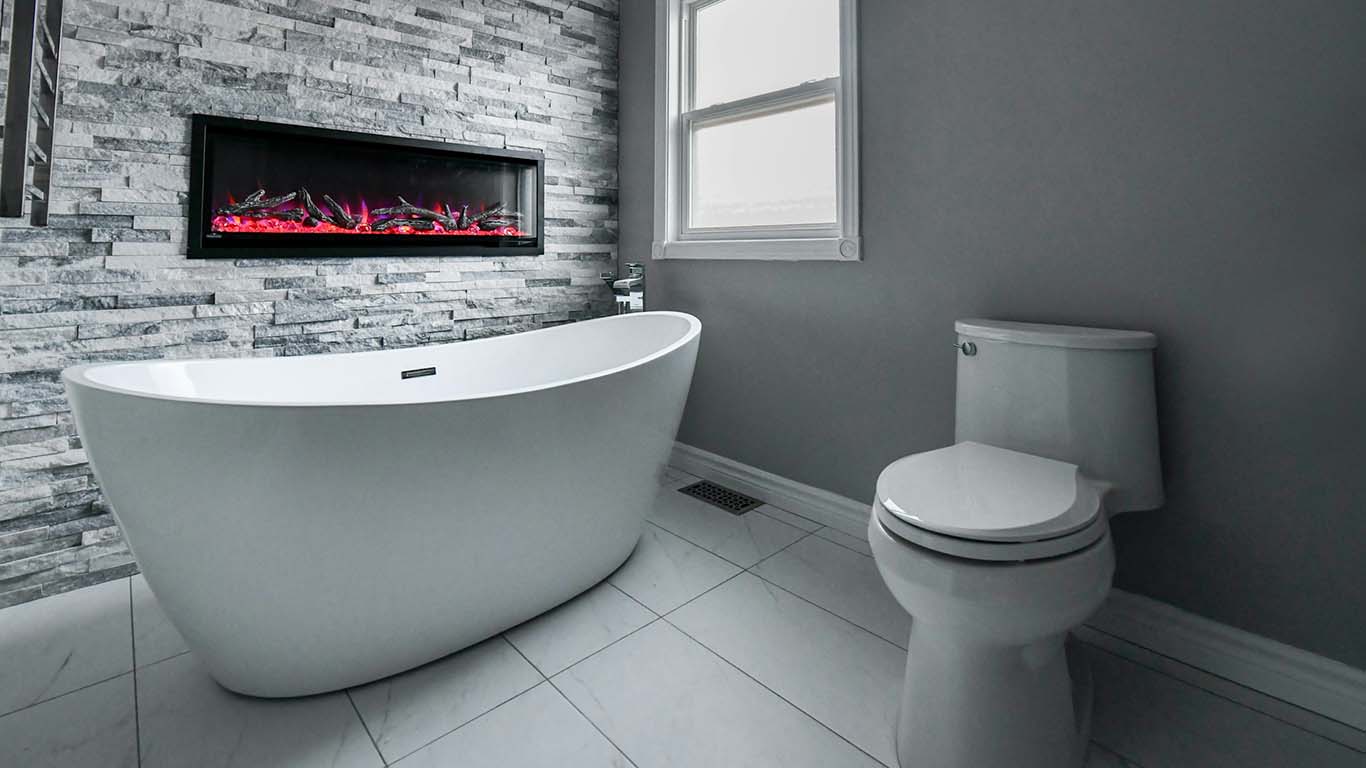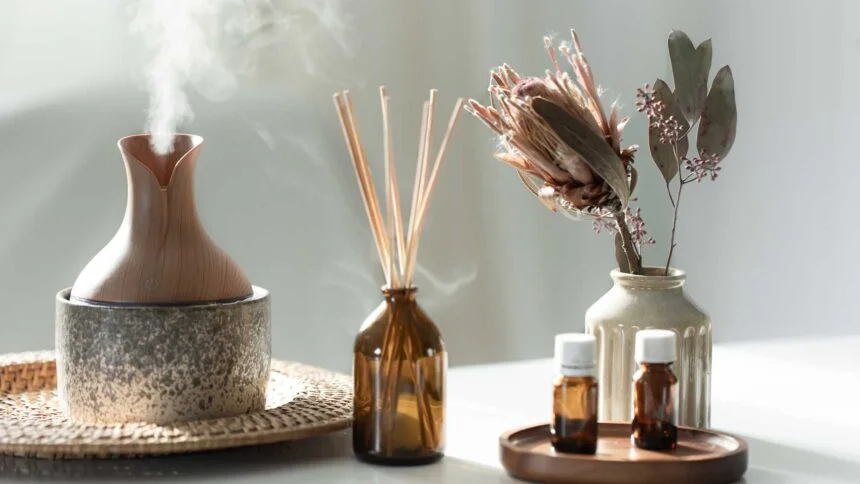Fragrance diffusing is an art that transforms the atmosphere of your home, creating inviting and pleasant spaces filled with delightful scents. The possibilities for infusing your living space with captivating aromas are endless, from essential oils to various diffusion methods.
This comprehensive guide aims to explore the diverse techniques and tips for diffusing fragrances, allowing you to create a sensory haven tailored to your preferences.
Understanding Fragrance Diffusion
1. Importance of Diffusion
Diffusing fragrances disperse essential oils or scents into the air, enhancing the ambiance, influencing moods, and offering potential therapeutic benefits through aromatherapy.
2. Types of Fragrance Diffusion
There are several methods to diffuse fragrances, each with its unique characteristics and advantages:
- Aromatherapy Diffusers: Ultrasonic, nebulizing, or heat-based diffusers that disperse essential oils into the air.
- Reed Diffusers: Use reeds to draw and diffuse oils from a container into the surrounding space.
- Candles and Wax Melts: Burned candles or wax melts release fragrances into the air as they melt.
Aromatherapy Diffusers: Types and Usage
1. Ultrasonic Diffusers
Utilizing water and ultrasonic vibrations, these diffusers break down essential oils into a fine mist, releasing them into the air as a gentle, cool vapor. They often double as humidifiers, offering both aromatherapy and moisture to the environment.
2. Nebulizing Diffusers
Nebulizing diffusers work without water, using pressurized air to break down oils into microscopic particles for a more potent and immediate fragrance release. They offer strong scent dispersion but may use oils more quickly.
3. Heat-Based Diffusers
These diffusers use heat to evaporate essential oils, dispersing the fragrance into the air. While effective, high heat can sometimes alter the chemical composition of oils, impacting their therapeutic benefits.
Maximizing Diffusion Efficiency
1. Choosing Quality Essential Oils
Opt for pure, high-quality essential oils sourced from reputable suppliers. Quality oils provide better diffusion and offer the full spectrum of therapeutic benefits.
2. Proper Dilution and Ratios
When using essential oils, dilute them properly with carrier oils or water to ensure safe and effective diffusion. Follow recommended dilution ratios for optimal results.
3. Timing and Duration
Control diffusion timing to avoid overpowering scents. Short intervals with breaks in between ensure a balanced and enjoyable aroma without overwhelming the senses.
Reed Diffusers: Usage and Maintenance
1. How They Work
Reed diffusers use porous reeds to draw and diffuse oils from a container. The fragrance travels up the reeds and disperses into the air, providing a continuous and subtle release of scent.
2. Maximizing Effectiveness
Occasionally flip reeds to expose the saturated ends to enhance diffusion, allowing for increased fragrance release. Position diffusers in areas with airflow for better circulation.
3. Maintenance Tips
Regularly clean and replace reeds to prevent saturation and ensure continuous and effective diffusion. Refill the diffuser with fresh oil when the scent begins to fade.
Candles and Wax Melts: Tips for Optimal Fragrance
1. Choosing Quality Products
Select candles, or wax melts made from natural materials, free from harmful chemicals or synthetic fragrances. Soy or beeswax candles are eco-friendly options that burn cleaner.
2. Burn Time and Trimming Wicks
Allow candles to burn for enough time to create a melted pool of wax, ensuring an even fragrance release. Trim wicks to a quarter-inch before relighting to prevent soot and ensure a clean burn.
3. Safety Precautions
Always place candles on heat-resistant surfaces and away from flammable objects. Monitor lit candles to prevent accidents and never leave them unattended.
Tailoring Fragrances to Different Spaces
1. Living Areas
Use welcoming and versatile scents like citrus or floral blends in living rooms to create an inviting ambiance for gatherings or relaxation.
2. Bedrooms
Choose calming and soothing home fragrance products such as lavender or chamomile to promote tranquility and better sleep in bedrooms.
3. Workspaces
Opt for energizing scents like peppermint or rosemary to enhance focus and productivity in home offices or study areas.
DIY Diffusion Recipes
1. Room Sprays
Create DIY room sprays using essential oils diluted in water. Adjust oil ratios based on desired strength and lightly mist areas for instant fragrance.
2. Potpourri Blends
Craft potpourri blends using dried flowers, spices, and essential oils. Place in decorative bowls for a long-lasting and decorative fragrance option.
Conclusion: Crafting Fragrance Environments
Mastering fragrance diffusion techniques empowers you to curate aromatic environments tailored to your preferences and needs. By understanding various diffusion methods, choosing quality products, and experimenting with scents, you can transform your living spaces into captivating olfactory experiences.
Embrace the art of diffusion of the best home fragrance products, experiment with different techniques, and let the alluring aromas enchant your home, creating a delightful ambiance that nurtures your well-being and elevates your sensory experiences. Whether through essential oil diffusion, reed diffusers, candles, or DIY blends, let fragrance diffusion become your artistic expression, crafting spaces that delight the senses and envelop you in a world of captivating scents.








Leave a Reply